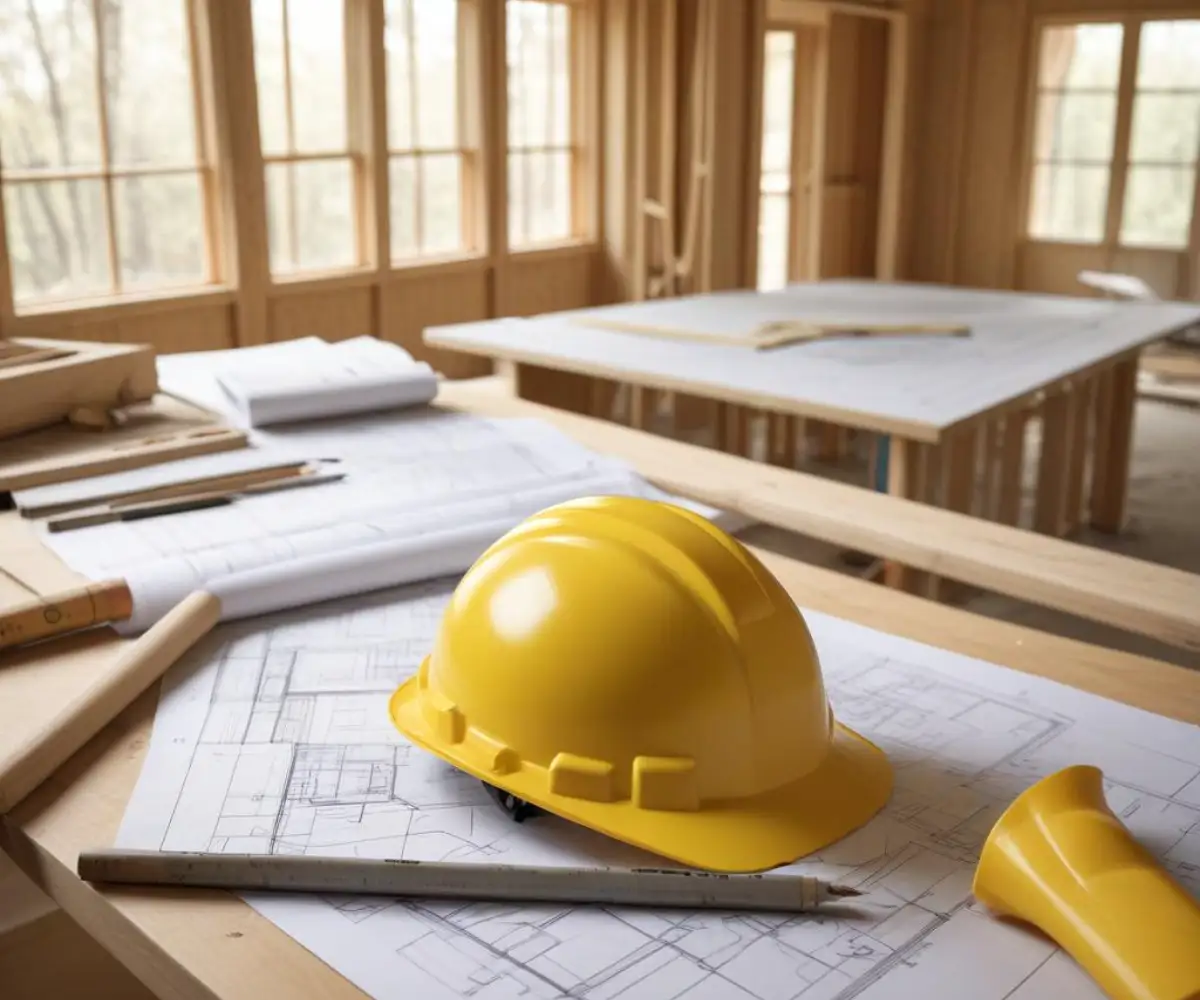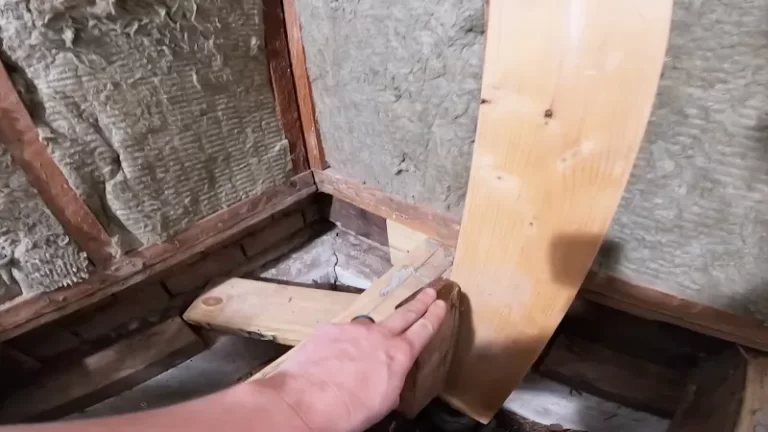Retroactive Permit NJ: Your Guide to Legalizing Unpermitted Work
You discovered it during a home inspection, or maybe a contractor mentioned it offhand. Perhaps you knew all along. Your home has unpermitted construction, and now a wave of anxiety hits. This scenario is startlingly common for homeowners across New Jersey, turning the dream of ownership into a bureaucratic nightmare.
Unpermitted work, from a finished basement to a DIY deck, exists in a legal gray area that can cause serious problems. The good news is that there is a solution. Obtaining a retroactive permit is the formal process for legalizing work that was completed without the necessary approvals.
You'll Learn About
What is a Retroactive Permit and Why Do You Need One in NJ?
A retroactive permit, sometimes called an “as-built” permit, is an official approval granted by your local building department after construction work has already been completed. Under the New Jersey Uniform Construction Code (UCC), most construction, alteration, and renovation projects require a permit before any work begins to ensure they meet safety standards. A retroactive permit serves to bring your property into compliance with these critical state regulations.
Ignoring this requirement is not a viable option. The discovery of unpermitted work, especially during a home sale, can halt the entire process, leaving you with costly fixes and frustrated buyers. Securing a retroactive permit is your key to resolving these issues, protecting your investment, and ensuring the safety of your home.
The Ticking Time Bomb: Dangers of Ignoring Unpermitted Work
Choosing to ignore unpermitted work is a significant gamble with high stakes. The potential consequences extend far beyond a simple slap on the wrist, impacting your finances, legal standing, and even your physical safety.
Crippling Fines and Stop-Work Orders
Municipalities in New Jersey have the authority to levy substantial fines for UCC violations. Penalties for failing to obtain a permit before starting work can reach up to $2,000 per violation. In some cases, fines can accrue daily until the situation is rectified, turning a single oversight into a crippling financial burden. Furthermore, if unpermitted work is discovered during an unrelated project, officials can issue a stop-work order on all construction activity, causing costly delays.
The Home Sale Nightmare: A Deal-Breaker for Buyers
Unpermitted work is one of the biggest red flags for potential homebuyers and their inspectors. It raises immediate questions about the quality and safety of the construction. Mortgage lenders are often unwilling to finance a home with known code violations, and title companies may refuse to issue a clear title, effectively killing the deal right before closing.
Insurance Catastrophes and Voided Policies
Your homeowner’s insurance policy is a contract based on the known, legal state of your property. If a fire starts due to faulty, unpermitted electrical work, your insurance carrier could deny the claim, leaving you responsible for the full cost of repairs. The potential for unpermitted electrical work to void home insurance is a shocking truth many homeowners learn too late.
Safety Hazards: The Ultimate Price of Cutting Corners
Beyond the financial and legal risks, the most important reason to address unpermitted work is safety. Building codes exist to protect you and your family from structural collapse, fire hazards, and other dangers. Contemplating tasks like removing a wall without a permit might seem simple, but it can have unforeseen consequences for your home’s structural integrity if not done correctly.
The Path to Compliance: A Step-by-Step Guide to Getting a Retroactive Permit in NJ
Navigating the retroactive permit process can feel intimidating, but it’s a manageable journey when broken down into clear, actionable steps. Honesty and cooperation with your local building department are your best assets throughout this process.
Step 1: Acknowledgment and Assessment
The first step is to create a complete and honest inventory of all work done without a permit. Document everything, from major additions to smaller electrical and plumbing modifications. It’s highly recommended to hire a licensed architect, engineer, or experienced contractor at this stage to assess the work and identify potential code compliance issues.
Step 2: Preparing Your “As-Built” Plans
You will need to submit detailed drawings of the work as it currently exists—these are known as “as-built” plans. A licensed architect or engineer must typically create and stamp these plans to certify their accuracy. These blueprints are the foundation of your application and show the building department exactly what was constructed.
Step 3: Engaging the Local Building Department
Approach your local construction official not as an adversary, but as a partner in compliance. Be upfront about the situation and express your desire to make things right. They will provide the necessary application forms and guide you on their specific submission requirements. Clear, proactive communication can make the entire process smoother.
Step 4: The Inspection Gauntlet
This is often the most challenging part of the process. A municipal inspector must verify that the hidden work meets code. This frequently requires opening up walls, ceilings, or floors to inspect structural framing, insulation, plumbing, and electrical wiring. Even if you chose to replace an electrical panel without a permit previously, an inspector will now need to see it and ensure it was installed correctly.

While this phase can be disruptive, it is a non-negotiable step to ensure the work is safe and compliant. The inspector’s job is to verify safety, not to punish, and your cooperation is key.
Step 5: Corrections and Final Approval
If the inspector finds any code violations, they will provide a detailed list of required corrections. You will need to hire licensed contractors to perform this work. Once the corrections are complete, a re-inspection is scheduled. Upon passing the final inspection, the municipality will issue a Certificate of Approval, officially legalizing the work.
The Financial Reality: Unpacking the Costs of a Retroactive Permit
Legalizing unpermitted work is an investment in your property’s safety and value, but it comes with a price tag. The total cost can vary significantly based on the scope of the work, your municipality, and the extent of corrections needed.
Key expenses typically include penalty fees, which can be double or triple the standard permit fee, costs for professional drawings, and the labor and materials needed to make corrections. To better understand permit-related costs, it’s helpful to look at specific examples, such as the typical permit cost for an electrical panel replacement, and then factor in the additional penalties for after-the-fact applications.
Sample Cost Breakdown for a Retroactive Permit
To provide a clearer picture, the table below estimates the potential costs associated with legalizing a hypothetical 500-square-foot finished basement that was completed without permits.
| Expense Category | Estimated Cost Range | Notes |
|---|---|---|
| Municipal Penalty & Permit Fees | $800 – $2,500+ | Often calculated as double or triple the standard fee. Varies widely by town. |
| Architect/Engineer Fees (As-Built Plans) | $1,500 – $4,000 | Required for creating professional, stamped drawings of the existing work. |
| Exploratory Demolition/Opening Walls | $500 – $2,000 | Labor costs for a contractor to open walls/ceilings for inspection access. |
| Required Corrections (e.g., Electrical, Egress) | $1,000 – $10,000+ | This is the most variable cost. It could be minor fixes or major work like adding an egress window. |
| Final Repairs/Finishing | $1,000 – $3,500 | Costs to repair drywall, paint, and restore finishes after corrections and inspections. |
| Total Estimated Cost | $4,800 – $22,000+ | This demonstrates the wide potential range depending on the project’s complexity and compliance issues. |
Navigating Municipal Nuances: Not All NJ Towns Are the Same
While the New Jersey Uniform Construction Code provides a statewide standard, the enforcement and specific procedures for retroactive permits can differ from one municipality to another. It’s a critical error to assume the process in one town is identical to the next. Always begin by contacting your local building department directly to understand their unique requirements.
Furthermore, homeowners often confuse the roles of the Zoning Officer and the Construction Official. The Zoning Officer is concerned with what you built and where it is on your property (e.g., setbacks, lot coverage). The Construction Official is concerned with how you built it (e.g., code compliance for framing, electrical, plumbing). You may need approvals from both departments to fully legalize your project.
Proactive vs. Reactive: A Word of Advice for Future Projects
The stress, cost, and complexity of securing a retroactive permit serve as a powerful lesson. The path of least resistance is always to be proactive. For any future construction or renovation projects, obtaining the proper permits before work begins is unequivocally the best course of action.
The upfront cost and time spent on proper permitting are minimal compared to the financial penalties and logistical headaches of legalizing work after the fact. Taking the correct steps from the start protects your investment, ensures your family’s safety, and provides invaluable peace of mind.
Ultimately, facing unpermitted work can be daunting, but it is a solvable problem. By understanding the risks, following a clear process, and working cooperatively with local officials, you can bring your property into compliance. Taking action now legalizes your home, safeguards its value, and ensures it is a safe place for years to come.

